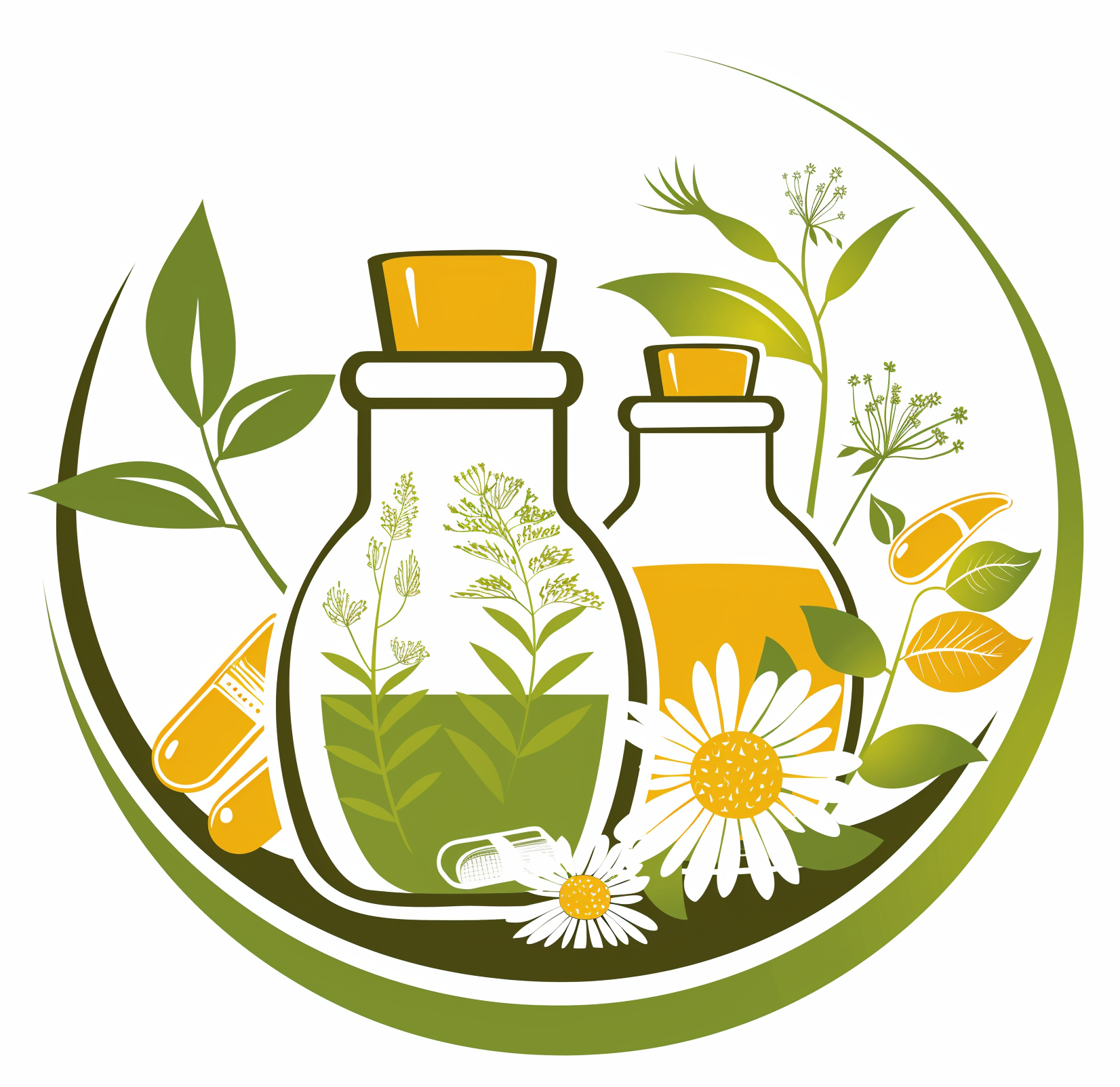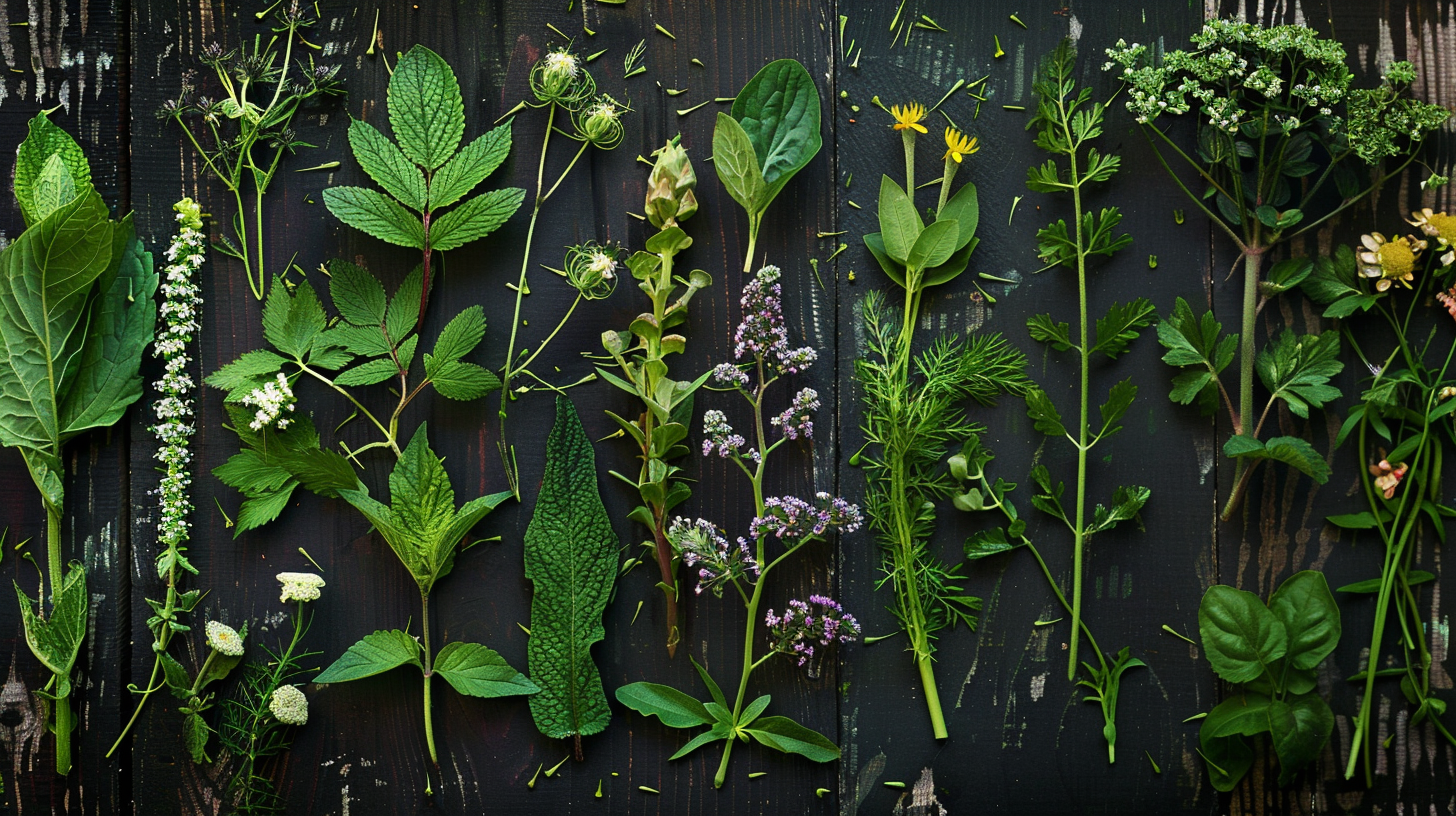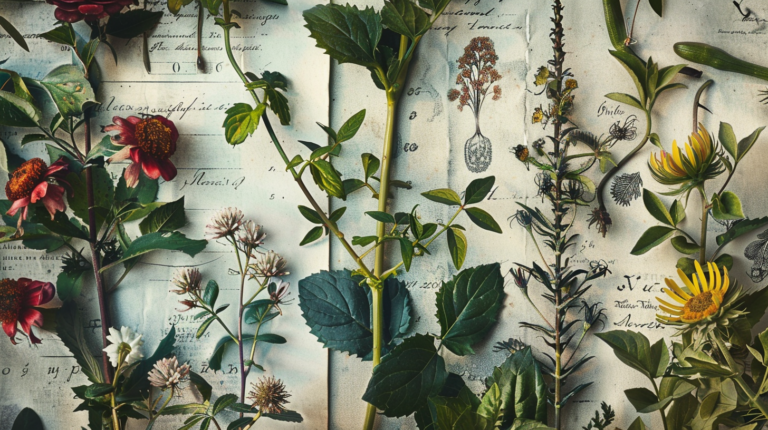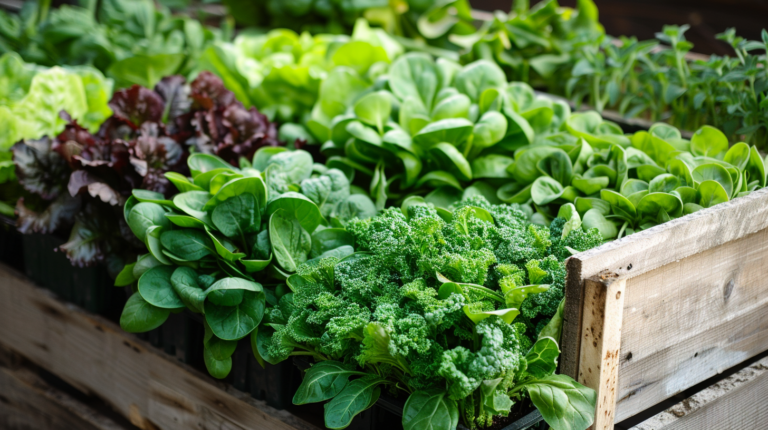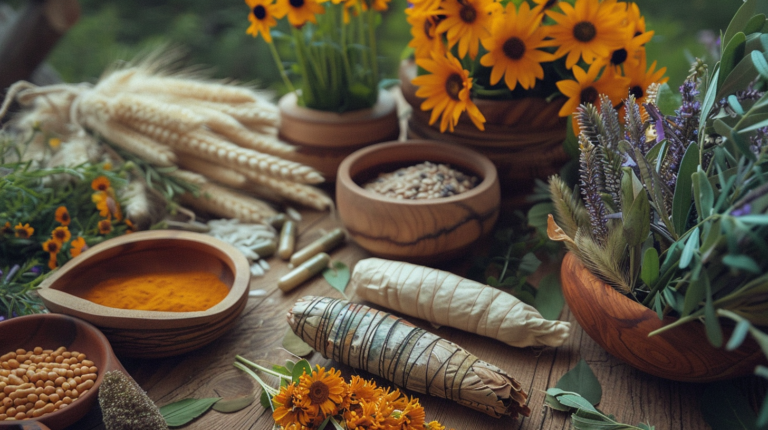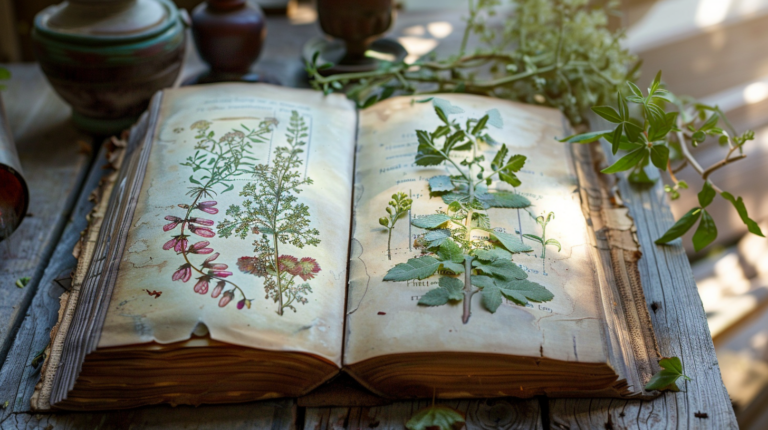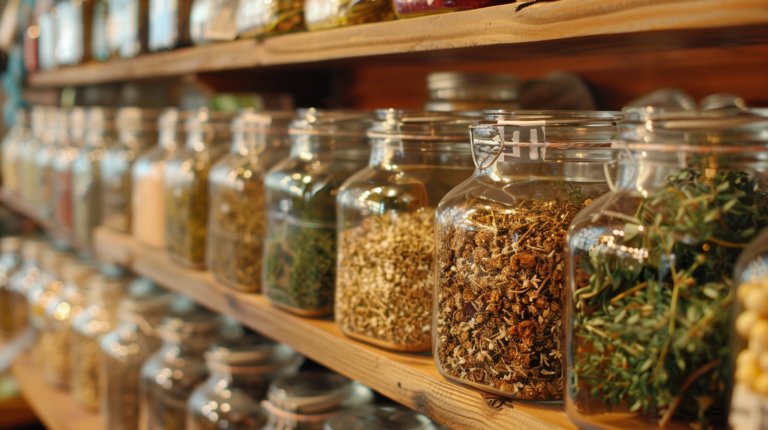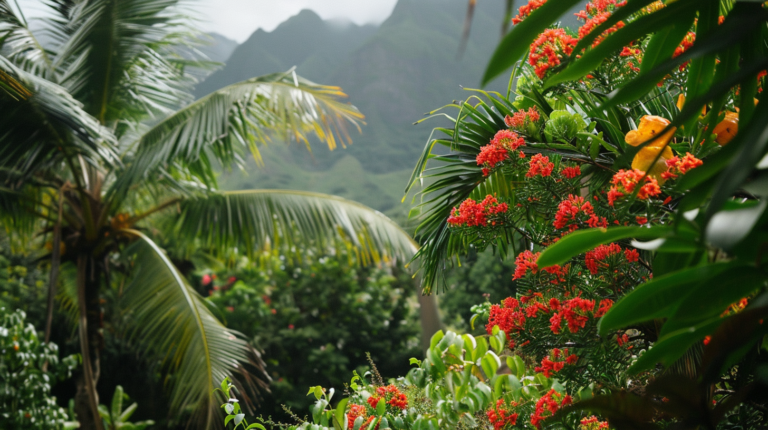Wild Plants: Medicinal Uses and Nutritional Benefits Explained
Have you ever noticed how often we’re bombarded with “quick fixes” for health issues that leave us feeling more overwhelmed than nourished? It’s as if modern solutions have taken over, sidelining nature’s wisdom.
We find ourselves grappling with chemical-laden options that promise so much but deliver little for our well-being. And amidst this ongoing quest for better health, many forget the rich, untapped potential hidden in the *wild*. What if there was a way to harness the power of nature to restore both our bodies and minds?
Enter the world of *wild plants used for medicine and food*. These remarkable *species* not only serve as a source of *nutritional* value but also boast incredible *medicinal* properties. From *herbal* remedies to delectable *wild foods*, embracing these plants can transform our approach to wellness. Imagine brewing a soothing cup of *tea* from freshly harvested *leaves* or using *edible* plants to elevate your meals. The benefits are endless, and the journey is deeply rewarding.
Understanding Wild Plants for Medicine and Food
The Benefits of Wild Plants
Nutritional Value
Wild plants often surpass cultivated ones in their nutritional content. Dandelion greens, for instance, are packed with vitamins A, C, K, and B2. They also contain rich levels of calcium, potassium, iron, and manganese. If you’ve ever munched on a young nettle leaf (after it’s been cooked, please!), you know it’s a vitamin bomb ready to explode in your mouth with goodness. A classic dish from Greece, horta, is made from wild greens like dandelion and nettle, offering not just nutrition but a taste of tradition【6:1†source】.
Medicinal Properties
What if I told you that your backyard is a pharmacy? Plants like elderberries are renowned for their immune-boosting properties. Flus, colds, and even viral infections like herpes meet their match with elderberry syrup. Echinacea is another champion, particularly effective when caught early at the onset of a cold or flu【6:6†source】【6:4†source】. And who could forget the mighty yarrow? Known for its anti-inflammatory and astringent properties, yarrow has been used since ancient times to treat wounds, bruises, and even severe sprains【6:17†source】.
Identification and Harvesting
Common Wild Edible and Medicinal Plants
When it comes to identifying wild edible and medicinal plants, a few staples should always be on your radar. Dandelion (Taraxacum officinale) isn’t just an annoying weed; its leaves, flowers, and roots are all edible and medicinal. Plantain (Plantago major), another so-called weed, is superb for healing wounds and drawing out toxins. Let’s not forget chicory (Cichorium intybus), whose roots make a fantastic coffee substitute and is a gentle liver tonic【6:7†source】【6:10†source】【6:16†source】.
Seasonal Harvesting Tips
Timing is everything. Harvest dandelion greens in early spring when they’re young and tender. Roots like chicory and dandelion should be harvested in late fall when they’ve stored up nutrients for the winter. Flowers like elder and yarrow are best picked just as they fully open, which usually happens in mid to late summer【6:10†source】【6:3†source】. Always leave some behind for the wildlife and to allow the plant to regenerate.
Preparing and Using Wild Plants
Methods of Preparation
Once you’ve got your haul of wild goodies, it’s time to prep. Roots like chicory and dandelion can be roasted and ground into a coffee-like drink. Leaves of nettle and dandelion can be steamed or sautéed, then drizzled with olive oil and lemon juice for a Mediterranean flair similar to horta【6:1†source】. Flowers like elder can be dipped in fritter batter and fried to a golden crisp.
Recipes for Medicinal Uses
Medicinal uses for wild plants are vast. Elderberry syrup, for instance, is easy to make and incredibly potent. Just simmer fresh or dried elderberries with water, strain, and add honey. Ginger and cloves can also be incorporated for added benefits. Plantain poultices are another easy preparation; just mash the leaves and apply to wounds for quicker healing【6:0†source】【6:11†source】【6:18†source】.
Recipes for Culinary Uses
How about some wild plant culinary delights? Nettle soup is a favorite in many cultures. Simply blanch the nettles to remove the sting, then blend with potatoes, onions, and broth for a nourishing soup. Dandelion leaf pesto is a fun twist—blend the leaves with garlic, nuts, and a bit of olive oil. Not only delicious, but it’s also an innovative way to integrate wild greens into your diet【6:14†source】.
Safety and Sustainability
Identifying Toxic Plants
Navigating the world of wild plants involves understanding not just the benefits but also the risks. When foraging, the rule of thumb is: If you’re not 100% certain about a plant species, don’t consume it. Toxic plants can look deceivingly similar to edible plants. For instance, water hemlock and wild carrot (or Queen Anne’s lace) look alike, but one is deadly while the other is not. Another trickster is the wild parsnip, which can cause serious skin reactions if handled improperly.
Best Practices for Sustainable Harvesting
Sustainable harvesting ensures that wild plants continue to thrive. Here are a few guidelines:
- Always leave more than you take. A good rule is the “Rule of Thirds” – take one-third, leave one-third, and let one-third naturally go to seed.
- Harvest in areas where the plants are abundant. Avoid areas where the plants look sparse or stressed.
- Use a sharp knife or scissors to minimize damage to the plants and allow for quicker recovery.
- Be mindful of the wildlife that also relies on these wild food plants for survival.
Harvesting ethically ensures that future generations will have the opportunity to enjoy these natural treasures just as we do today.
Personal Stories and Experiences
Anecdotes from Herbalists
When I first began my journey into the world of medicinal plants, I met an old herbalist named Ella who taught me the ropes. Ella would always say, “The leaves speak to those who listen.” One particular summer, Ella and I went foraging for yarrow. As we gathered those lovely white flowers, she shared a story of how yarrow saved the life of a Civil War soldier by stopping a life-threatening bleed. That’s the charm of these plants – they carry not just power but also history.
Cultural and Historical Context
In many cultures around the world, wild edible plants have been a cornerstone of both medicine and sustenance. In North America, indigenous tribes have long relied on plants such as sage and sweetgrass for their medicinal properties. In Russia, the Pharmacopoeia includes detailed usage of medicinal plants like Gubanov and Koscheev. The ancient Romans used nettle extensively – et tu, Brute, for some anti-inflammatory treatment? The rich heritage of plants used in medicine and food is a testament to their enduring importance.
